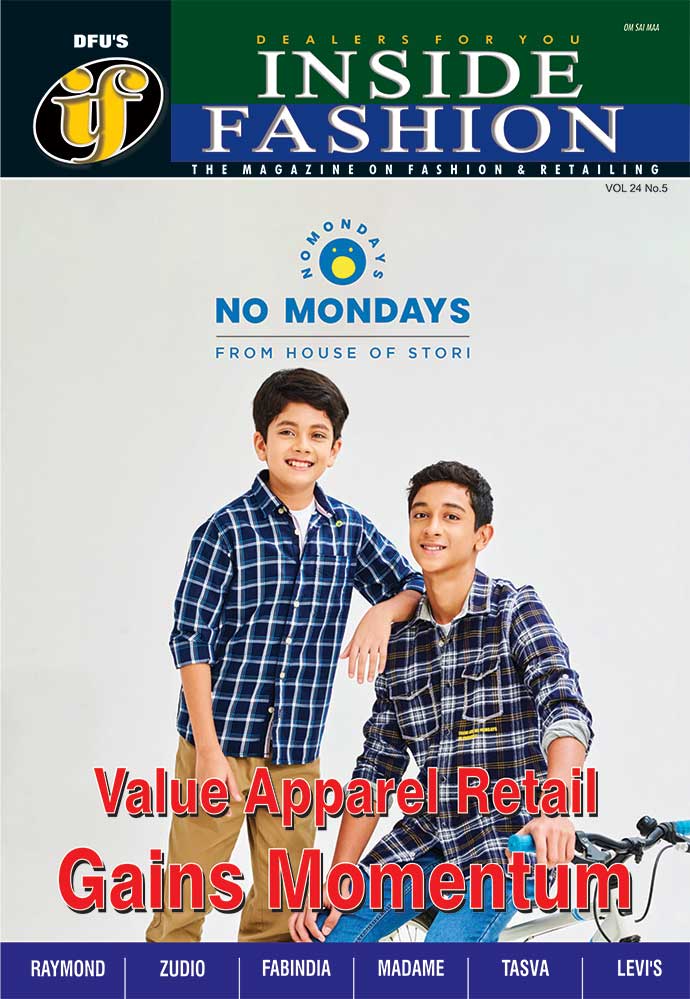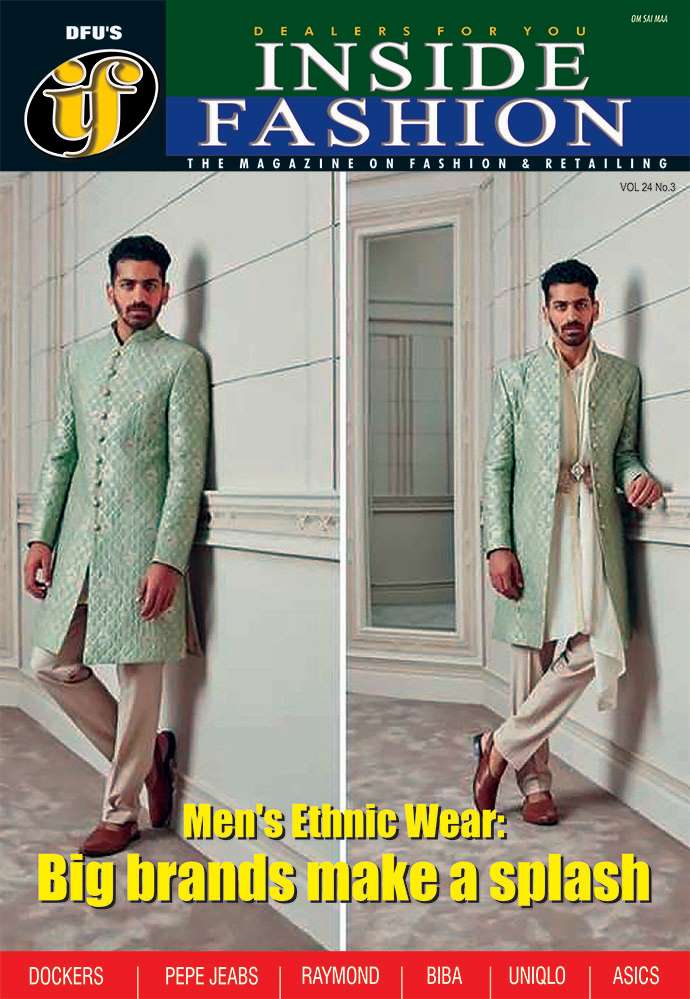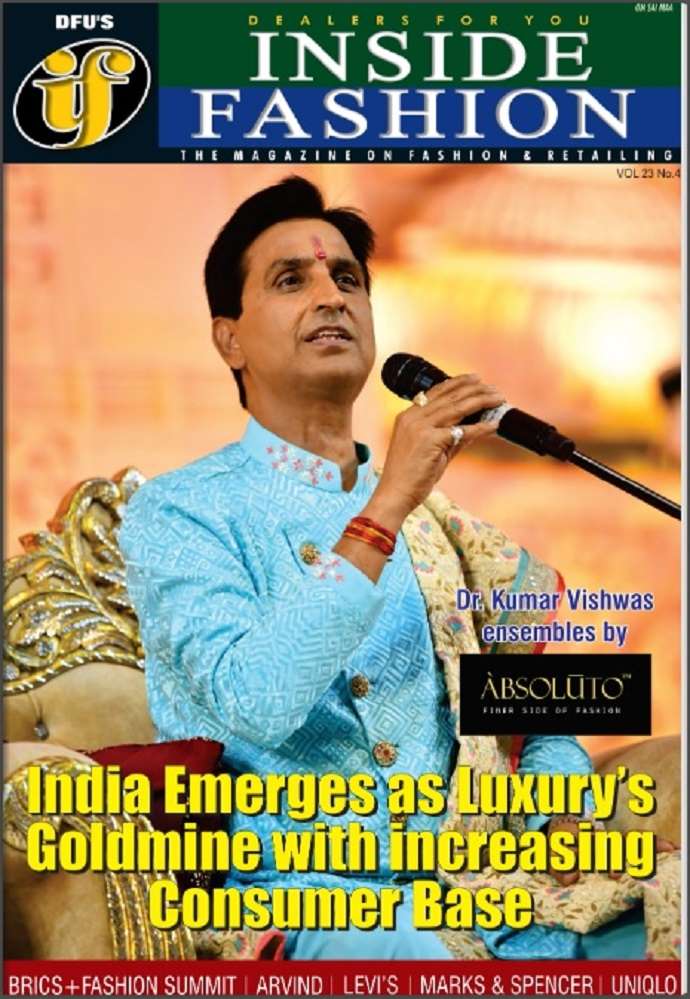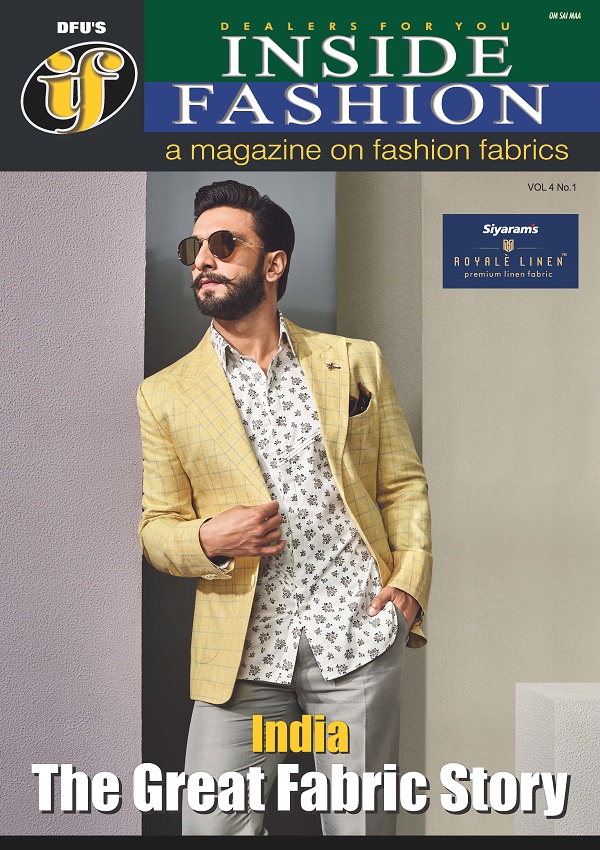From loom to launch in 14 days, Seven Sarees’ artisanal breakthrough
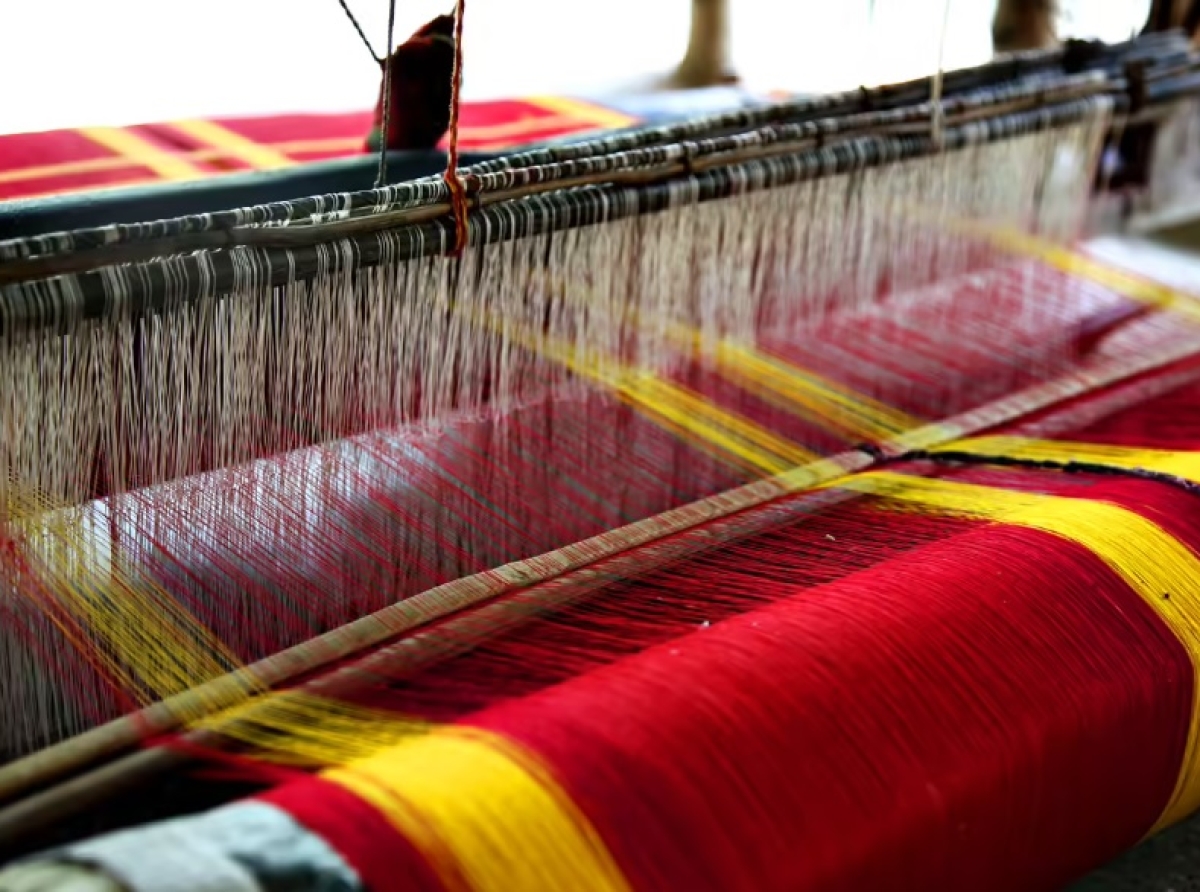
30 June, Mumbai 2025
In a modest yet buzzing workshop on the outskirts of Chennai, a quiet revolution is unfolding. One that challenges not just the fashion industry’s obsession with speed but also the long-held belief that craftsmanship and agility must live at opposite ends of the production spectrum. At its helm is Hemamalini Padmanabhan, Founder, Seven Sarees, a direct-to-consumer (D2C) brand redefining how handloom saris are created, curated, and consumed. A textile entrepreneur with a contrarian spirit, Padmanabhan has dared to ask what most in the industry didn’t: Why can’t Indian handlooms move at the speed of trends?
The answer lies in a radical new blueprint – a seamless, hyper-local production model that takes saris from concept to store in just 14 days. No compromise on artistry. No exploitation. No creative shortcuts.
Beyond slow fashion, when handloom met hustle
Traditionally, a handloom sari took anywhere between four to twelve weeks from idea to completion – a timeline revered for its artisanal depth but also accepted as immovable. Padmanabhan’s approach throws that notion into the loom. “We are not talking about a fast fashion brand,” she clarifies, “We are talking about a handloom sari brand. But today’s buyer? They want beauty first, ethics next – not the other way around.”
What might sound heretical to purists is, in fact, an astute reading of consumer evolution. Millennials and Gen Z, she points out, don’t buy saris as heirlooms alone. They buy them as expressions of personal style, as occasion wear, as fashion. “Even in groceries, people want novelty now. Why should handlooms be frozen in time?”
The two-week model
At the heart of Seven Sarees’ breakthrough is an ecosystem built on proximity, responsiveness, and empowerment – where geography, trust, and data converge.
Proximity is power: Design studio, production unit, and storefront – all located within an hour's radius – eliminate traditional logistical lags. Decisions flow in real time, not over weeks.
Design with, not for, the weaver: New sketches are shown to weavers immediately, making them collaborators instead of passive executors. Their feedback shapes the final product, resulting in quicker alignment and fewer reworks.
Always on, always ready: By anticipating demand, Seven Sarees pre-orders warp yarns and maintains a ready-to-weave setup. A loom is never left idle. Every few days, a new batch of weft yarns is sourced to match ongoing design research.
Hyperlocal sourcing: Sitting just 5km from one of India’s largest silk markets and sourcing cotton weekly from Tamil Nadu, the brand can buy what’s needed, when it’s needed. This “just enough” procurement strategy minimizes waste and maximizes agility.
‘Fail Fast’ but learn faster: Designs that don’t perform are culled or tweaked quickly. Customer feedback is central, not cosmetic. Popular styles get immediate repeat orders, ensuring production is led by demand, not assumption.
Open books, open dialogue
Every week, weavers are briefed on trends, prices, and performance data – including exactly how much their saris are sold for. Padmanabhan’s belief is bold: “The weaver is the best judge of what the sari is worth.” That transparency isn’t just rare, it’s transformative. Many artisans now earn more per sari than the company itself does.
Table: A snapshot of Seven Sarees' hyperlocal model
|
Key Metric |
Detail |
|
Time to Market |
14 days (Concept to Store) |
|
New Designs/Week |
10-15 |
|
Sourcing Radius |
Silk market 5 km away; cotton sourced weekly from TN |
|
Average Distance (Design to Retail) |
Under 60 minutes |
|
Weaver Earning vs Brand |
Weavers consistently earn higher margins per saree |
|
Feedback Loop |
Every 4 days for design updates, weekly for trends |
|
Production Method |
Handloom, with one warp always pre-set |
|
Repeat Order Cycle |
Triggered within 72 hours of bestseller performance |
10 styles a week, 52 weeks a year
This is not just a production strategy. It’s a mindset. Seven Sarees releases 10 to 15 new designs every week. Each is a blend of aesthetic storytelling and real-time relevance – wedding trends, seasonal palettes, Instagram-driven aesthetics, and regional motifs all find expression in the brand’s catalogue. Padmanabhan sees it as a form of creative respect. “We’re not making 200 of the same piece. Every design is a dialogue with the times. But the hands weaving it, they’re centuries old.”
Tradition, without the wait
Seven Sarees is not just increasing production. It’s collapsing the myth that handloom must stay in the slow lane to be authentic. It’s giving weavers real agency in the creative and commercial process. And it’s giving consumers what they never thought possible – trending, ethical, and artisanal products with the spontaneity of modern retail. This is not fast fashion. This is fast heritage. As Padmanabhan sums up, “We stay on top of trends, true to our roots, always moving, empowering weavers in the way they always needed to be.”






